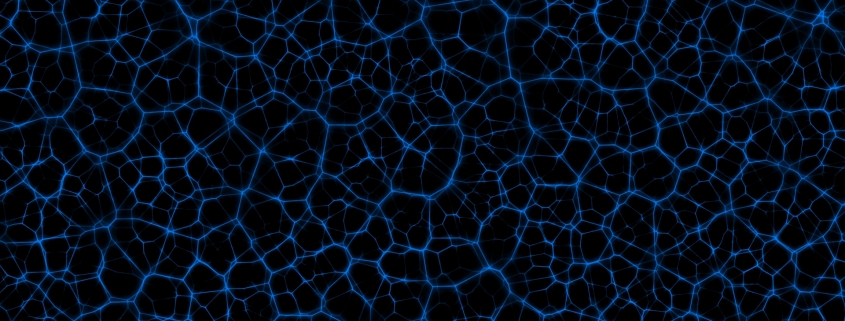The infamous fascia
the word “fascia” has been on a lot of people’s lips for too long, I believe ! What is it really about this fabric and what about it?
Generally speaking, fasciae are considered a passive contributor to biomechanical behavior. In general, the fascia is more often than not considered a relatively inert tissue whose role is passive in biomechanical dynamics.
There is evidence, however, of a more active role of the fascia, namely that it could actively contract. For example, there is indeed a contraction of the fascia in cases of palmar fibromatosis and in the context of hypertrophic scars.
Where do these contractions come from?
It is now accepted that these contractions originate from myofibroblasts. These myofibroblasts are found in many human tissues. There are many, for example, in the thoraco lumbar fascia.
Conclusion
We talk a lot about this super facial tissue but in the end, so far, we do not really say much. In the end, if there is a panoply of modalities that exist to supposedly “treat” the fascia, no one can actually state that it is the said fascia that they are “treating”.
It might not be a surprise to the reader, but I prefer working on improving motricity as, if I increase range of motion of joints where there are restrictions and if I improve stability, it is hard to conceive that I won’t have an effect of fascia, if that even matters, to begin with.
https://www.kinesport.info/Le-fascia-est-capable-de-se-contracter-activement-et-d-influencer-ainsi-la-dynamique-musculo-squelettique-Une-enquete_a4645.html?fbclid= IwAR1Xwr2o9O4bpt6Chj8Jg8Z3gXCqoMyJxzrNnAckoKzvEDT1ZtNtkZ9JqLQ



Leave a Reply